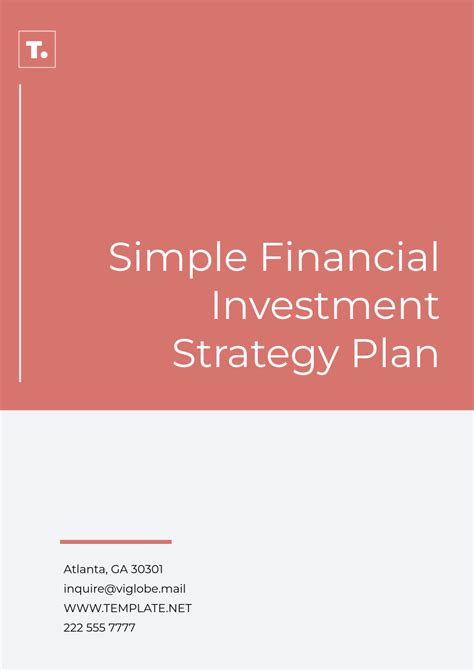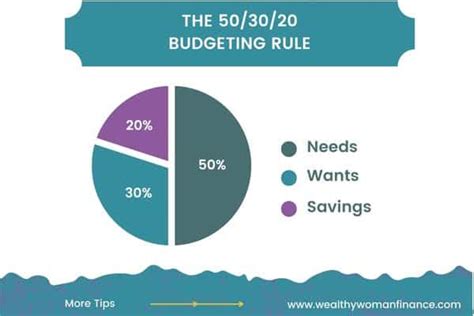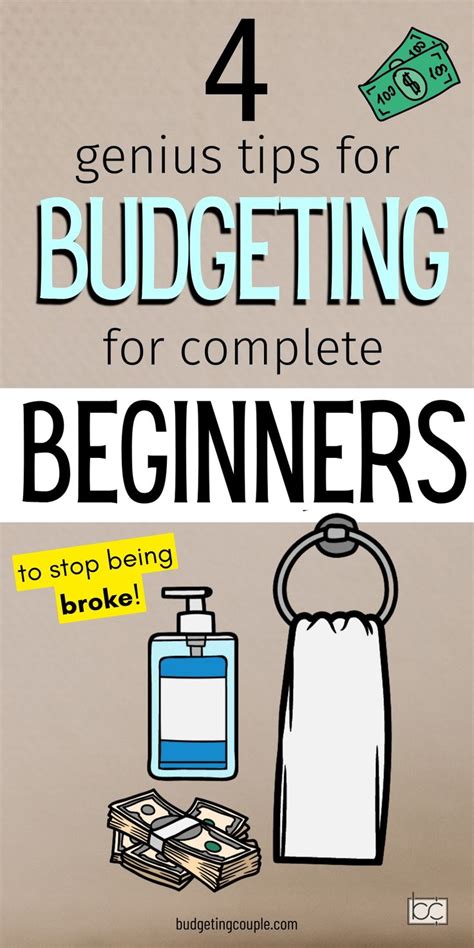Unlocking Financial Efficiency: The Lean Budgeting Approach
For many men, the idea of traditional budgeting can feel like a chore – overly complicated, time-consuming, and restrictive. Yet, the desire to save more, eliminate debt, and invest smarter remains strong. This is where lean budgeting comes in: a streamlined, efficient approach that cuts out the unnecessary fuss and focuses on maximizing your financial output with minimal effort. It’s about optimizing your money management, not micromanaging it.

What Does “Lean Budgeting” Really Mean?
In essence, lean budgeting applies principles of efficiency and waste reduction, common in business, to your personal finances. It means identifying the most impactful financial actions and automating them, rather than getting bogged down in tracking every single penny. The goal isn’t just to cut expenses, but to intelligently allocate your resources to align with your personal and investment goals, leading to greater savings and more effective investment strategies.
Core Principles for Maximizing Your Money
- Simplicity: Avoid complex spreadsheets and exhaustive categorization. Focus on a few key numbers.
- Automation: Set up automatic transfers for savings, investments, and bill payments. Remove the need for constant decision-making.
- Goal-Oriented: Every dollar has a purpose, whether it’s for retirement, a down payment, or a specific investment.
- Flexibility: Life happens. A lean budget isn’t rigid; it allows for adjustments without derailing your entire plan.

Top Lean Budgeting Methods for Men
While many budgeting methods exist, some stand out for their efficiency and ease of implementation, making them ideal for a lean approach:
1. The 50/30/20 Rule: Simplicity Meets Strategy
This method, popularized by Senator Elizabeth Warren, is incredibly straightforward. After taxes, allocate your income as follows:
- 50% to Needs: Housing, utilities, groceries, transportation, insurance.
- 30% to Wants: Dining out, entertainment, hobbies, new gadgets, vacations.
- 20% to Savings & Debt Repayment: Emergency fund, retirement accounts, investments, extra payments on high-interest debt.
Why it’s lean: It provides clear boundaries without requiring meticulous tracking of every expense. You simply ensure your spending falls within these percentages. The key is to automate that 20% to savings and debt repayment the moment you get paid.

2. Automated Budgeting: Set It and Forget It
This isn’t a standalone method but a powerful technique to supercharge any lean budget. The principle is simple: automate your savings and investments before you even have a chance to spend the money.
- Set up direct deposits from your paycheck into different accounts (e.g., checking, savings, investment).
- Automate transfers for recurring bills, ensuring they are paid on time.
- Schedule regular transfers to your brokerage or retirement accounts.
Why it’s lean: It removes willpower from the equation. By automating, you consistently save and invest without constant effort or decision-making, allowing your money to work for you silently in the background.
3. Zero-Based Budgeting (Simplified): Intentional Every Dollar
Traditional zero-based budgeting requires you to assign every dollar a job until your income minus expenses equals zero. While effective, it can be intensive. A lean version focuses on intentionality without the granular tracking.
- Identify Fixed Expenses: Know exactly what bills come out.
- Automate Savings/Investments: As per the above method, this is paramount.
- Allocate Discretionary Income: After fixed expenses and automated savings, allocate the remaining discretionary income to broad categories like ‘spending’ or ‘fun money’ for the month, rather than tracking individual coffee purchases.
Why it’s lean: You ensure no money is left unaccounted for at the beginning of the month, but you gain flexibility within broad discretionary categories, avoiding daily tracking fatigue.

From Savings to Smarter Investments
The true power of lean budgeting lies not just in saving more, but in freeing up capital to invest smarter. Once you’ve established consistent savings habits through automation, you’ll have more funds available for investment vehicles like:
- Retirement Accounts: Maximize contributions to 401(k)s, IRAs, or Roth IRAs.
- Brokerage Accounts: Invest in diversified index funds or ETFs for long-term growth.
- Debt Reduction: Prioritize paying down high-interest debt, which offers a guaranteed return.
Smarter investing often means consistent investing. Lean budgeting provides the consistent cash flow needed to take advantage of dollar-cost averaging and compound interest, building substantial wealth over time without constant market watching.
Conclusion: Your Path to Financial Mastery
Embracing a lean budgeting method means taking control of your financial future without sacrificing your time or sanity. By simplifying your approach, automating your efforts, and focusing on your core financial goals, you’re not just budgeting; you’re building a robust system for saving more and investing smarter. It’s about creating a financial framework that works for you, giving you peace of mind and the freedom to pursue your ambitions.





